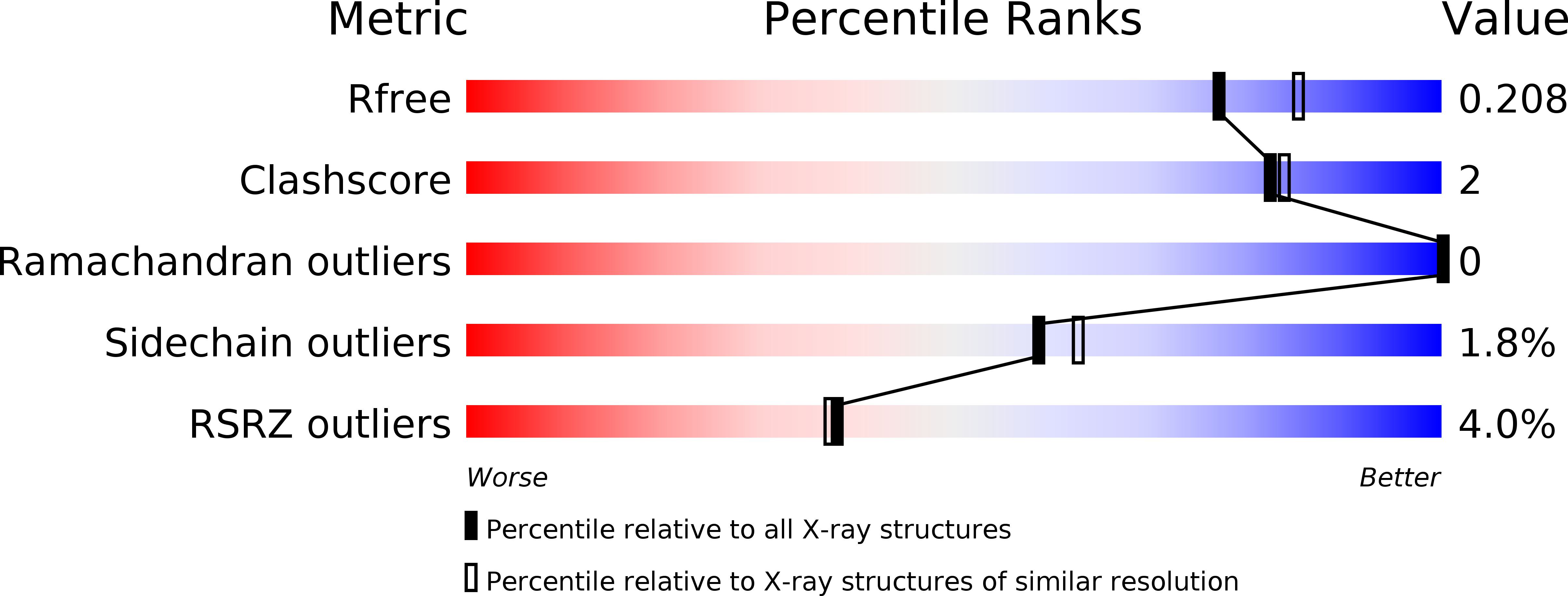
Deposition Date
2009-08-19
Release Date
2009-09-08
Last Version Date
2023-11-01
Entry Detail
PDB ID:
3IQ7
Keywords:
Title:
Crystal Structure of human Haspin in complex with 5-Iodotubercidin
Biological Source:
Source Organism:
Homo sapiens (Taxon ID: 9606)
Host Organism:
Method Details:
Experimental Method:
Resolution:
2.00 Å
R-Value Free:
0.20
R-Value Work:
0.17
R-Value Observed:
0.17
Space Group:
P 21 21 21


